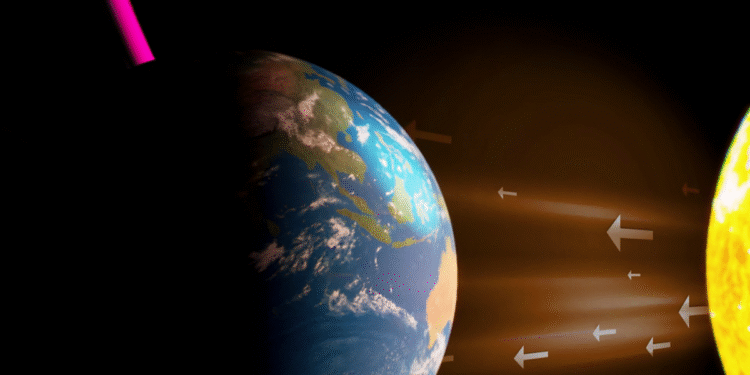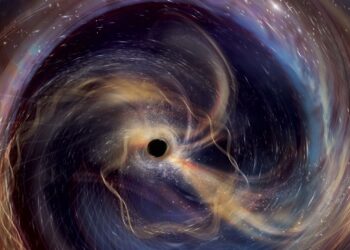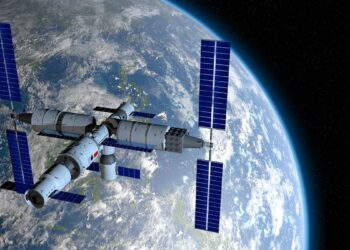Astronomers may be on the verge of confirming the presence of an Earth-like atmosphere on a distant exoplanet, raising hopes that the world could sustain liquid water — and potentially life.
The planet, TRAPPIST-1 e, is about 40 light-years from Earth and is one of seven rocky planets orbiting a star in the TRAPPIST-1 system, first discovered by Belgian astronomers in 2016. Three of those planets lie within the so-called “habitable zone,” where conditions could allow water to exist on the surface.
In a study published last week in The Astrophysical Journal Letters, researchers analyzed four transits of TRAPPIST-1 e captured in 2023 by NASA’s James Webb Space Telescope. While the team could not confirm an atmosphere, they also could not rule one out — a finding that has kept excitement alive.
“Based on the first four observations, we cannot tell that this planet doesn’t have an atmosphere,” said Néstor Espinoza of the Space Telescope Science Institute. “The dream is still alive — it could still have an atmosphere, and that’s super exciting.”
Astronomers have already ruled out a hydrogen-based atmosphere on TRAPPIST-1 e, which would likely have been stripped away by the small red dwarf star’s radiation. A second study suggests the planet may also lack a Venus-like, carbon dioxide–heavy atmosphere, pointing instead to a nitrogen-rich one, more similar to Earth or Saturn’s moon Titan.
“TRAPPIST-1 e remains one of our most compelling habitable-zone planets, and these new results take us a step closer to knowing what kind of world it is,” said Sara Seager, a planetary scientist at the Massachusetts Institute of Technology.
Webb is set to complete 15 additional observations of TRAPPIST-1 e by year’s end, with two-thirds already finished. If an atmosphere is confirmed, astronomers hope to detect chemical signatures such as methane, which on Earth is linked to biological activity.
Confirmation would be a milestone in astronomy, Espinoza said. “It would settle a huge debate on whether these red dwarf systems can sustain an atmosphere. Red dwarfs are the majority of stars in the universe. If it can happen there, it can happen anywhere.”


































Hi. I like reading science related articles